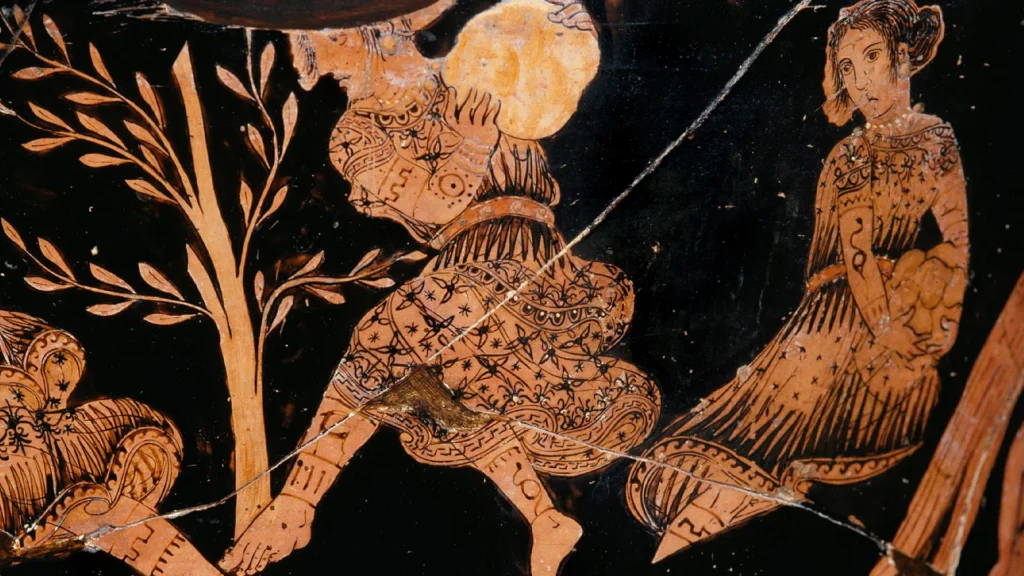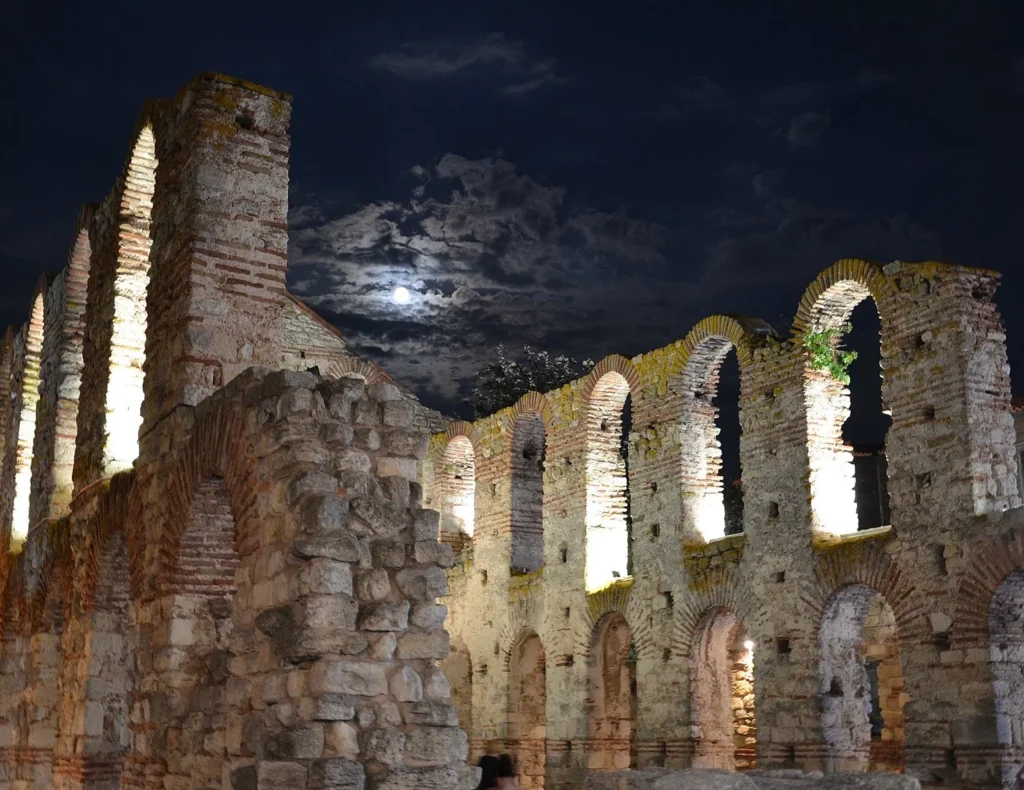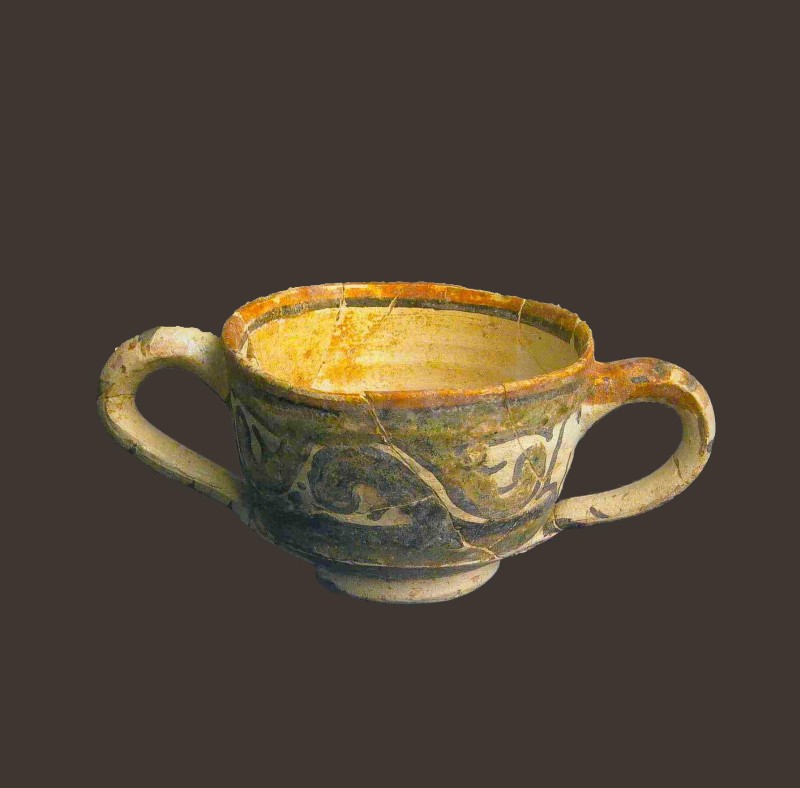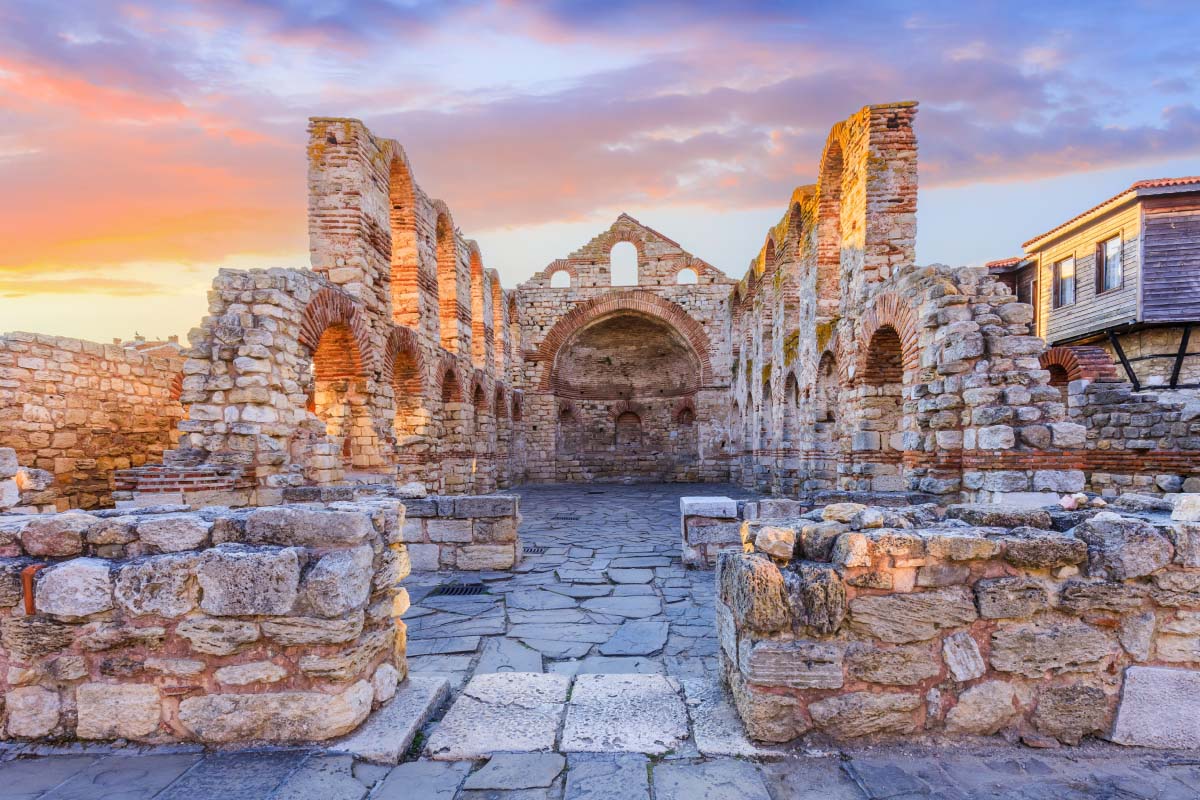The Thracian Beginnings
The history of Nessebar, one of the oldest towns in Europe, begins over 3,000 years ago with the Thracians. Originally known as Mesembria, a name derived from the Thracian words “Melsas” (the name of the legendary founder) and “bria” (meaning town), Nessebar started as a Thracian settlement. The town’s strategic location on a rocky peninsula made it a significant trading post and cultural hub in the region.

Greek Influence
In the 6th century BC, Mesembria was colonized by the Greeks, marking the beginning of its classical era. Under Greek rule, Mesembria flourished as an important trading center. The Greeks fortified the town with strong walls, built public buildings, and introduced coin minting. The remnants of these ancient fortifications and structures can still be seen in Nessebar today. The town became a thriving maritime city, facilitating trade between the Black Sea and the Aegean regions.

Roman Rule
In 72 BC, Mesembria fell under Roman rule, becoming part of the vast Roman Empire. The Romans further developed the town, integrating it into their extensive network of trade and commerce. They built new infrastructure, including public baths, aqueducts, and paved streets. During this period, Mesembria enjoyed peace and prosperity, and its population grew. The influence of Roman architecture and urban planning is evident in the archaeological remains scattered throughout the town.
Byzantine Era
With the division of the Roman Empire in the 4th century AD, Mesembria became part of the Byzantine Empire. The Byzantine period was a time of significant religious and cultural development for the town. Numerous churches were built, many of which remain as important historical landmarks today. The most notable of these is the Church of Saint Sophia, also known as the Old Bishopric. This era also saw the town’s name evolve to Nessebar.

Bulgarian Control
Nessebar first became part of the Bulgarian Empire in the late 7th century during the reign of Khan Krum. The town played a crucial role as a defensive stronghold and a religious center. In the 9th and 10th centuries, the First Bulgarian Empire further fortified Nessebar, and it continued to be a significant ecclesiastical center. The town’s strategic importance continued through the Second Bulgarian Empire, with the construction of more churches and fortifications.


Ottoman Period
In 1453, Nessebar fell under Ottoman rule, marking a new chapter in its history. The Ottoman period was marked by changes in the town’s administration and culture. While the Ottomans built few new structures, they maintained the existing ones. The town’s Christian churches were preserved, although some were repurposed as mosques. Despite being under Ottoman control, Nessebar retained its unique character and continued to be a vibrant community.
Modern Era
In 1878, following the Russo-Turkish War, Nessebar was liberated from Ottoman rule and became part of the newly independent Bulgaria. The modern era brought significant changes to the town, including the development of tourism. Nessebar’s rich history and well-preserved architectural heritage attracted visitors from around the world. In 1983, the Old Town of Nessebar was designated a UNESCO World Heritage site, recognizing its cultural and historical significance.
Nessebar’s history shows its resilience and lasting charm. It began as a Thracian settlement called Mesembria and grew under Greek, Roman, Byzantine, and Bulgarian influences, as well as Ottoman rule. Nessebar is a place where many cultures have come together. Today, it serves as a living museum, inviting visitors to walk its ancient streets and discover the stories of the civilizations that have shaped it over thousands of years.


